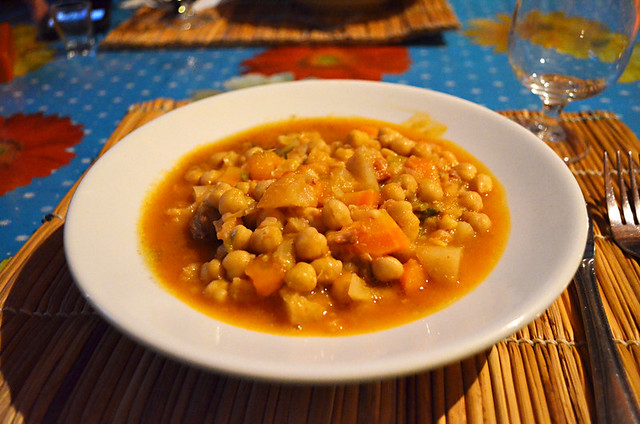Introduction: Street Food in Cabo Verde
Street food is an integral part of the culture and tradition in Cabo Verde. The archipelago is comprised of ten islands, each with its own unique culinary specialties. The aromatic and flavorful street food in Cabo Verde is a reflection of its rich history and diverse influences from Portuguese, African, and Brazilian cuisines. The streets are filled with food stalls selling a variety of dishes, from savory meat skewers to sweet pastries.
Food Safety Regulations in Cabo Verde
The Ministry of Health and Social Security is responsible for enforcing food safety regulations in Cabo Verde. The government has implemented strict laws to ensure that street food vendors adhere to basic hygiene practices and food safety standards. Food vendors are required to obtain a license from the Ministry of Health after passing an inspection. They must also undergo periodic health checks to maintain their licenses. Despite these regulations, there are still instances where street food can pose a risk to public health.
Common Street Foods in Cabo Verde
Cachupa is the national dish of Cabo Verde, made with beans, corn, and vegetables. It is a hearty and filling meal that is often sold by street vendors. Other popular street foods include pastels (fried or baked pastries filled with savory meat or cheese), espetadas (grilled meat skewers), and bolos levedos (sweet bread rolls). Fresh seafood, such as grilled tuna and octopus, is also commonly sold by street vendors.
Risks and Hazards of Eating Street Food
There are inherent risks and hazards associated with eating street food in Cabo Verde. The lack of proper food storage and handling practices can lead to bacterial contamination. Inadequate cooking temperatures can also increase the risk of foodborne illness. Additionally, the water used to wash produce and cook food may not be safe for consumption, leading to gastrointestinal infections.
Factors Affecting the Safety of Street Food
Several factors can affect the safety of street food in Cabo Verde. The location and surroundings of the food stall can influence the likelihood of contamination. Vendors operating in crowded and unsanitary areas may be more likely to have contaminated food. The time of day can also affect the safety of street food, as food left out in the heat for long periods can become a breeding ground for bacteria.
Safe Practices for Eating Street Food in Cabo Verde
To reduce the risk of foodborne illness when eating street food in Cabo Verde, it is important to practice safe food handling and hygiene. Wash your hands thoroughly before eating and avoid touching your face. Only purchase food from vendors who adhere to basic hygiene practices, such as wearing gloves and using clean utensils. It is also recommended to only consume food that is cooked to order and served hot.
Tips for Choosing Safe Street Food Vendors
When choosing a street food vendor in Cabo Verde, look for vendors who have a clean and organized stall. The vendor should be wearing gloves and using clean utensils. Avoid vendors who have a lot of flies or who handle money and food with the same hands. Additionally, it is recommended to only purchase food from vendors who have a license displayed.
Conclusion: Final Thoughts on Street Food in Cabo Verde
Street food in Cabo Verde is a vibrant and delicious aspect of the local culture. While there are inherent risks associated with eating street food, it is possible to enjoy it safely by practicing good food hygiene and choosing safe vendors. By taking these precautions, you can experience the rich flavors of Cabo Verde without compromising your health.

